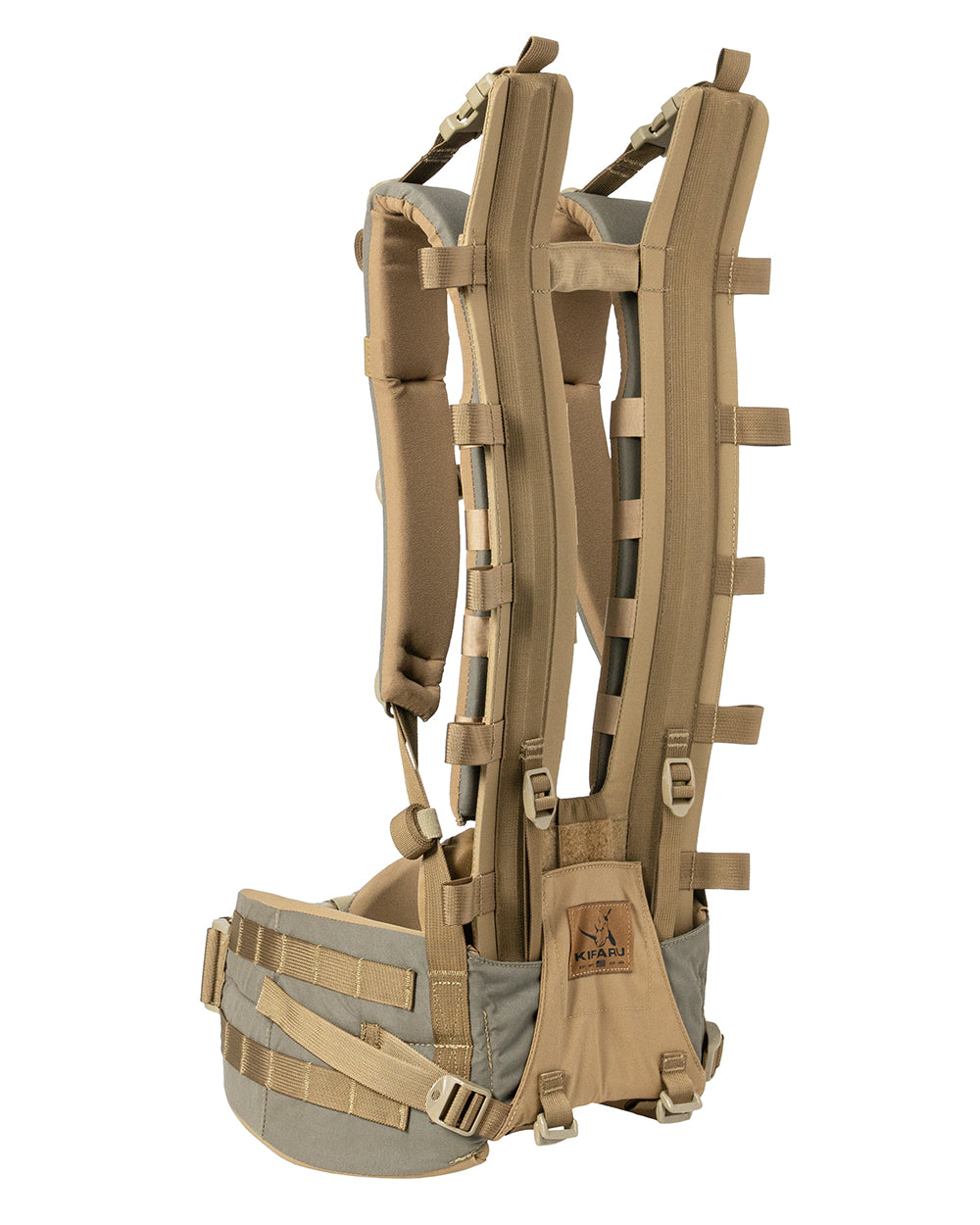

Poldi Wieland Guide & Outfitter • Montana

Poldi Wieland Guide & Outfitter • Montana
Foraging Essentials
Likes
5This gear list features some of the most important pieces of gear needed for foraging day trips. It includes links to the specific gear that I have put to the test in the past and continue to take on my adventures. Have a mountaintop day!
Pursuit: Foraging | Location: USA | Season: All Year
May contain sponsored links*Backpacks & Bags
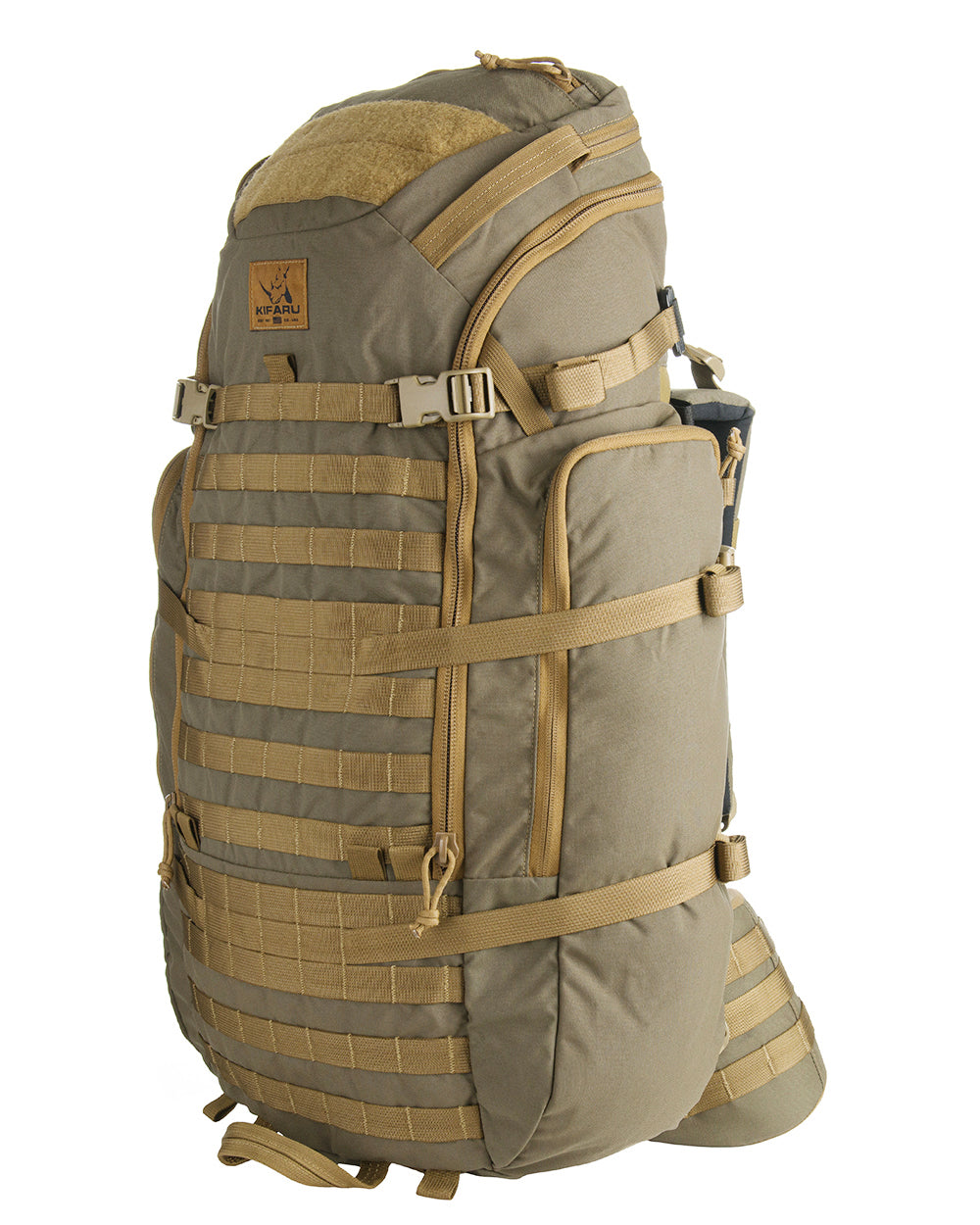
Kifaru 44 Mag Bag
During full-day or overnight foraging trips, I like to bring my Kifaru 44 Mag backpack. This is also the pack I use for hunting. Kifaru packs are pricey, but mine has held up amazingly during all sorts of outdoor adventures. It can fit enough gear for a 2-3 day trip but also compressed nicely into a day pack. I recommend their backpacks for anything from a multiday elk hunting trip to single-day trips looking for burn morels.

Slumberjack Brushline 6 Waistpack
For those short foraging trips that only last a few hours, I like to bring a simple hip pack. This one from Slumberjack is lightweight and has held up well for the last two years.

Mesh Foraging Pouch Harvesting Bag
Mesh Bags to Carry Mushrooms, Fruit, Plants, etc.
Mesh Bags are an essential piece of gear to carry your harvest. They are lightweight and very packable. On top of that mesh bags allows for good airflow. Also, if you are mushroom hunting, mesh bags are preferred, because they allow you to spread the mushroom spores (seeds) as you are hiking. This way you help the fungi spread its spores to new locations within your general foraging area. Not everyone does this, but it is the right thing to do if you care about sustainability and future harvests.
Hand Tools
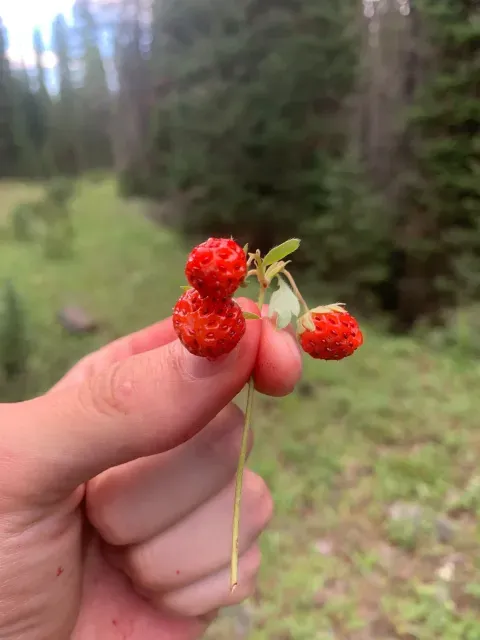

PowerPint - Bead Blast
For foraging, I like to carry a multitool that has several different blades. Usually, a knife with a single blade works just fine, but with a multitool, I am ready for any harvest. I especially like having a small saw blade on this tool in case I need to harvest branches.
Hand Pruner
You will be able to harvest most plants with your knife or multitool. However, if you have room in your pack. It makes sense to carry a hand pruner for those harder-to-cut stalks and stems. I would bring a hand pruner with strong steel blades that can handle extra strain. You also don't want something that's too heavy though. These pruners from Hawk Hunting have those features.Gear

Mini Water Filtration System - Black-old
When I am out foraging in the mountains, I might be there all day long. In this kind of scenario, I like having a water filter in my bag in case I run out of water. This simple water filter from Sawyer has worked without any issues for me in the past. I love using it to collect some fresh, ice-cold water from a mountain stream.
FLIP 24
Whenever I am going into the woods for an extended period, I like to bring a power bank to charge my phone or Garmin InReach if needed. Here is the power bank I use.
Elite Hunt Membership
Not only do I rely heavily on onX for hunting, but it is also super valuable for foraging. Many plants and mushrooms will grow in the same areas year after year. When I am out scouting for them, I always have my onX ready in case I need to drop a pin so that I can return to the exact location the next timeFood & Nutrition
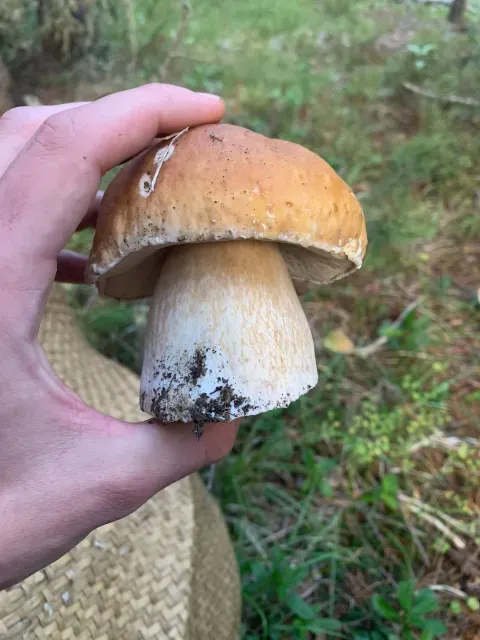

Grass-Fed Bison Chili (Single Pack)
I usually tend to make my own dehydrated meals and snacks. But if time doesn't allow for it, I tend to buy meals from Heather's Choice. Most premade backcountry meals are chock full of ingredients that might mess with your gut or cause inflammation. Heather's Choice seems to make the healthiest meals from what I have been able to find. My favorite is the grass-fed bison chili.
IGNITE
I don't usually take any supplements. But if I do need a good pick-me-up before a long day of hiking, I tend to take a scoop or two of MTN OPS Ignite. This stuff will wake you up and keep you going without the crash you get from other pre-workouts or energy drinks.Clothing

XKG Foundation 150 Merino 1/4 Zip
I usually forage in the spring, summer, and fall when the plants and mushrooms are popping. It is never really freezing cold during these times of the year. But it can be very hot yet also a bit chilly at times. So, for these days a merino top is the perfect layer. It keeps me cool when it is warm outside and insulates well on chillier days.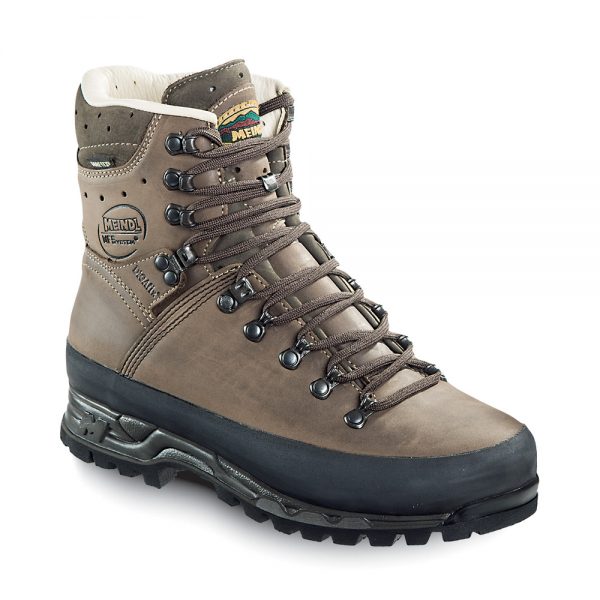
Meindel Island MFS Active
I have one pair of boots for all my outdoor activities including foraging. These Meindel boots have lasted me for years and are built to handle a variety of terrains.

EVEN NATURALS Premium Mosquito Head Net
If you are going to be foraging in areas with tons of bugs, I highly recommend bringing a head net along. There have been times when a net like this allowed me to stay in the woods longer and more comfortably, which sometimes makes all the difference

Woolpower Socks Classic 200
I like to have merino base layers, especially when it comes to socks. They breath easily and have natural antibacterial properties which makes them less smelly than those made entirely of synthetic fibers. My go-to Merino socks are from Woolpower. For foraging, I like to go with their 200s series, which are very comfortable to wear during hot to cool days.

American Made Buffalo Leather Work Gloves
There are plenty of plants out there that have developed defense mechanisms like thorns to keep herbivores and us, foragers, away. Another one that comes to mind is stinging nettles, which have stingers that will make your skin itch. Nettles are great in pesto after you blanch them and deactivate the stingers but collecting them without gloves can be unpleasant. That's why I recommend you get some thick work gloves to bring on your foraging trips. I like these bison leather gloves.

Sabre Frontiersman 9.2 oz. Bear Spray
If you are foraging in the bear country make sure to bring some bear spray! Wild berries are loved by many foragers, but we aren't the only ones who eat them. Bears LOVE to eat all sorts of berries during the late summer and early fall. So, if you are knee-deep in that huckleberry patch chances are you might come across some bears as well. Be safe out there.
Foraging Books & Field Guides
Foraging guides are a forager's best friend for either doing research at home or quick identification in the field. Here are some of my favorites.

Poldi Wieland Guide & Outfitter • Montana
*NOTE: The links to purchase certain products I recommend in this gear list may result in me being paid a small commission. I appreciate your support!
